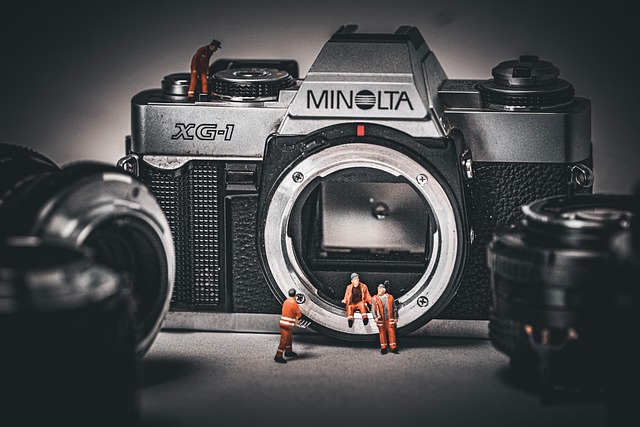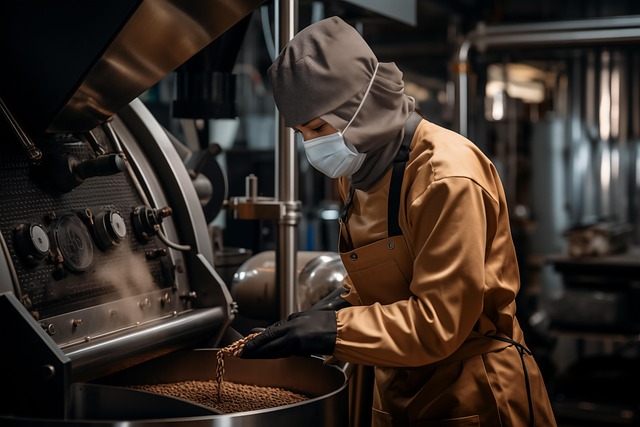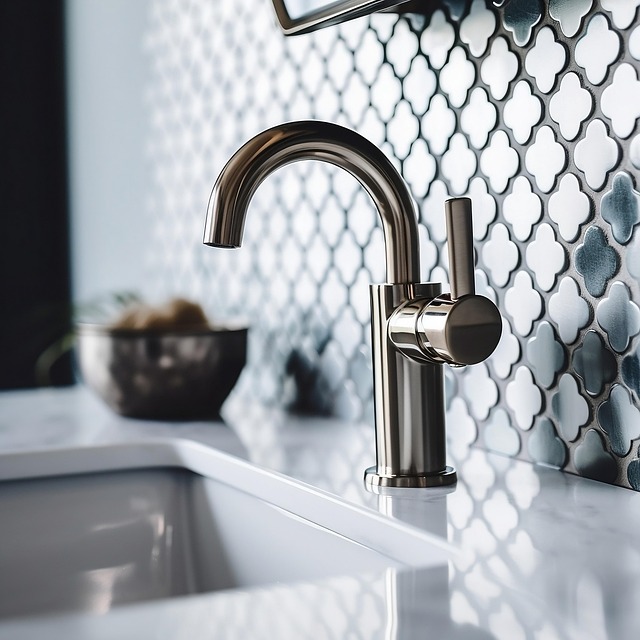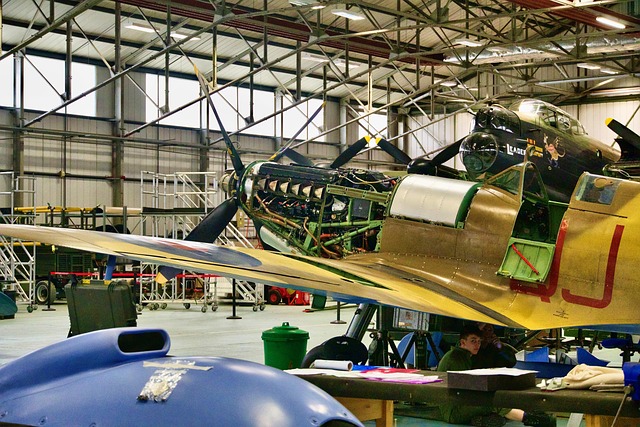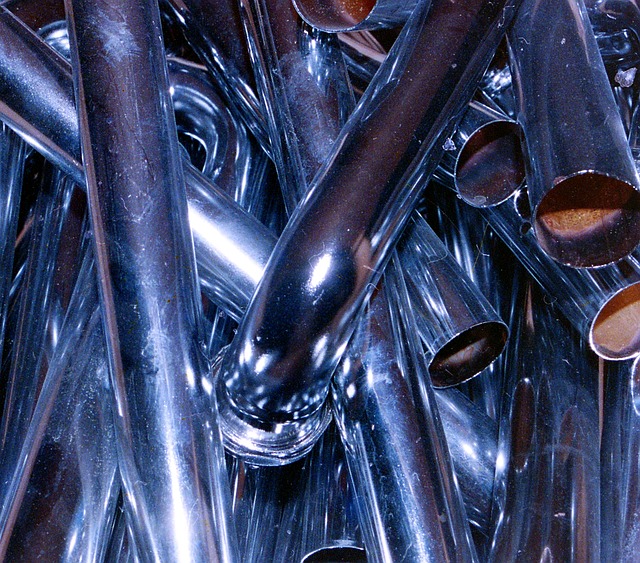Professional evaluations are crucial for identifying plumbing upgrades needed in kitchens, bathrooms, and older fixtures during inspections. These assessments uncover potential leaks, outdated appliances, and efficiency gaps, guiding proactive decision-making by homeowners and property managers. By prioritizing recommendations for high-efficiency showerheads, modern fixtures, improved drainage systems, and energy-efficient water heaters, properties can extend plumbing lifespans, enhance values, and ensure reliable water supplies while promoting sustainability.
“Uncovering essential plumbing upgrades through meticulous professional evaluations is paramount for homeowners seeking to enhance property value and sustainability. This comprehensive guide delves into the critical areas that require scrutiny during inspections. From outdated fixtures, which can significantly impact home value, to efficient water heating systems and modernized drainage, each aspect plays a vital role in a property’s long-term health and environmental footprint. Understanding these common plumbing upgrade needs ensures informed decisions for any diligent homeowner.”
- Understanding the Importance of Professional Evaluations in Plumbing
- Common Areas for Plumbing Upgrades During Inspections
- Identifying Outdated Fixtures and Their Impact on Home Value
- Efficient Water Heating Systems: A Key Upgrade for Sustainability
- Modernization of Drainage Systems for Better Home Protection
Understanding the Importance of Professional Evaluations in Plumbing
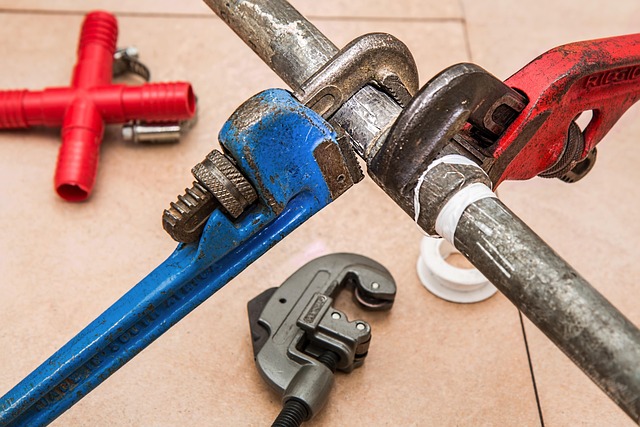
Professional evaluations play a pivotal role in identifying plumbing upgrades needed during inspections. These comprehensive assessments, conducted by experts with extensive knowledge and experience, ensure that every nook and cranny of a plumbing system is scrutinized. Unlike DIY inspections or cursory looks, professional evaluations delve deep into potential issues, hidden leaks, outdated fixtures, and efficiency gaps.
By prioritizing professional evaluations, homeowners and property managers gain valuable insights into the true state of their plumbing systems. This proactive approach not only prevents costly repairs down the line but also fosters informed decision-making regarding necessary upgrades. Moreover, it helps extend the lifespan of plumbing infrastructure, enhancing overall home value and ensuring a reliable water supply for years to come.
Common Areas for Plumbing Upgrades During Inspections
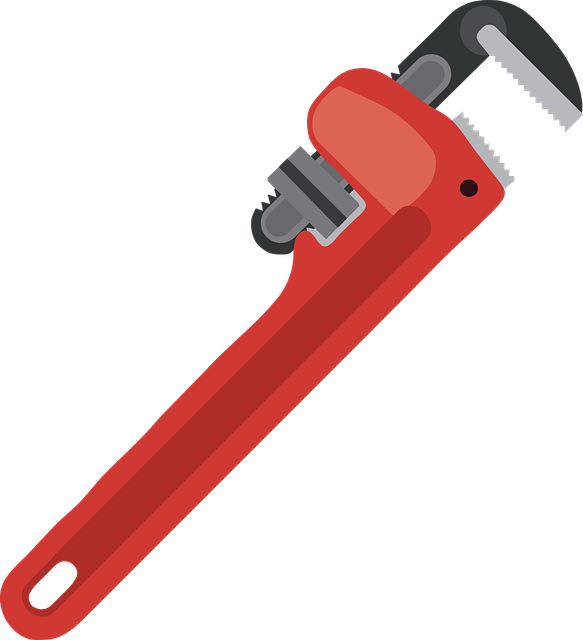
During inspections, certain areas are frequently scrutinized for potential plumbing upgrades. These commonly include kitchen and bathroom fixtures, as well as the water supply lines and drainage systems. In kitchens, professionals often look for outdated or inefficient faucets, dispensers, and disposals. Older pipes and fittings may be replaced to improve water pressure and reduce leaks, enhancing both functionality and energy efficiency.
In bathrooms, attention is given to showerheads, toilets, and sink fixtures. High-efficiency models that offer better water flow while reducing consumption are often recommended. Additionally, inspectors may suggest upgrades to the drainage system to prevent clogs and ensure proper waste disposal. Regular maintenance and upgrades in these areas not only contribute to a more comfortable living environment but also help to avoid costly repairs and maintain the overall value of the property.
Identifying Outdated Fixtures and Their Impact on Home Value
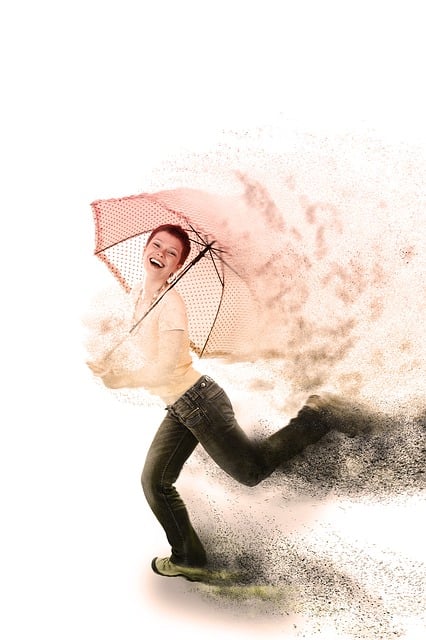
Outdated fixtures are a common sight in older homes, and during inspections, it’s crucial to identify these elements as they significantly impact home value. Plumbing upgrades, often overshadowed by other renovation priorities, can make or break a potential buyer’s interest. Tired, old faucets, showerheads, and toilets not only give an outdated look but also signal maintenance issues within the plumbing system.
Professional evaluations during inspections should focus on these features to ensure they meet current standards. Homes with modern, energy-efficient fixtures appeal to buyers seeking convenience and cost savings. Replacing outdated plumbing fixtures is a relatively affordable upgrade that can yield substantial returns when selling, as it demonstrates to prospective homeowners that the property has been well-maintained and is ready for contemporary living.
Efficient Water Heating Systems: A Key Upgrade for Sustainability
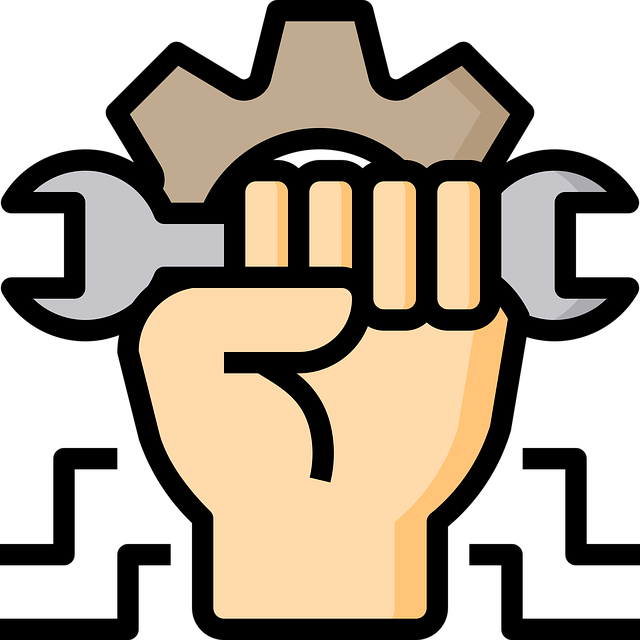
Many homeowners overlook efficient water heating systems during plumbing inspections, but they’re a crucial component for achieving sustainability. Traditional water heaters can waste significant energy and contribute to higher utility bills, making them a prime candidate for upgrade. Professionals often recommend tankless water heaters or heat pump water heaters as eco-friendly alternatives. These modern systems heat water on demand, eliminating the need for constant energy input.
During inspections, homeowners should engage professional evaluations to assess their current water heating system’s efficiency. By implementing these upgrades, not only can they reduce their environmental impact but also enjoy lower energy costs over time. It’s a smart move that contributes to both sustainability and long-term savings.
Modernization of Drainage Systems for Better Home Protection
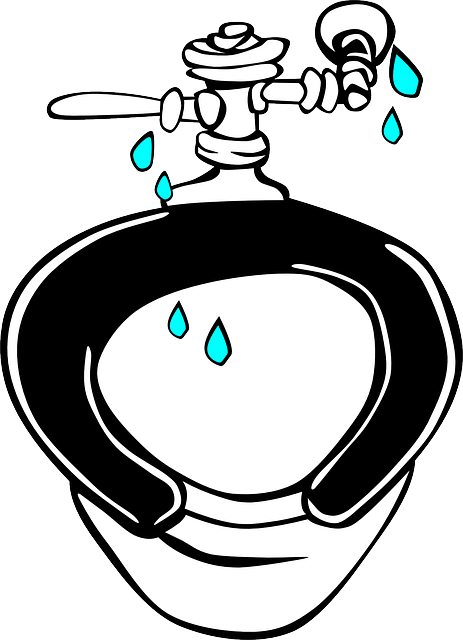
Modern drainage systems are an essential component of any home’s overall protection and longevity. During inspections, professionals often assess the state of a property’s drainage to identify potential issues that could lead to costly repairs or even health hazards. Outdated or faulty drainage can cause water damage, mold growth, and even structural problems over time.
A comprehensive evaluation by experts may reveal the need for modernization, especially in older homes. This involves updating pipes, installing efficient drain traps, and implementing advanced waterproofing solutions. Such upgrades not only enhance the property’s value but also ensure the home remains protected against water-related issues, providing peace of mind for homeowners.
